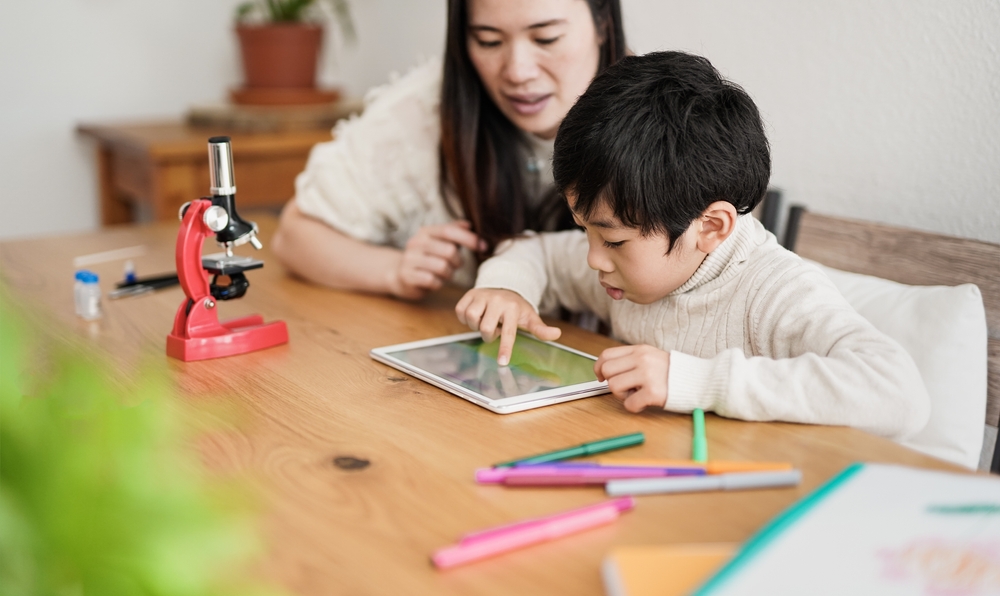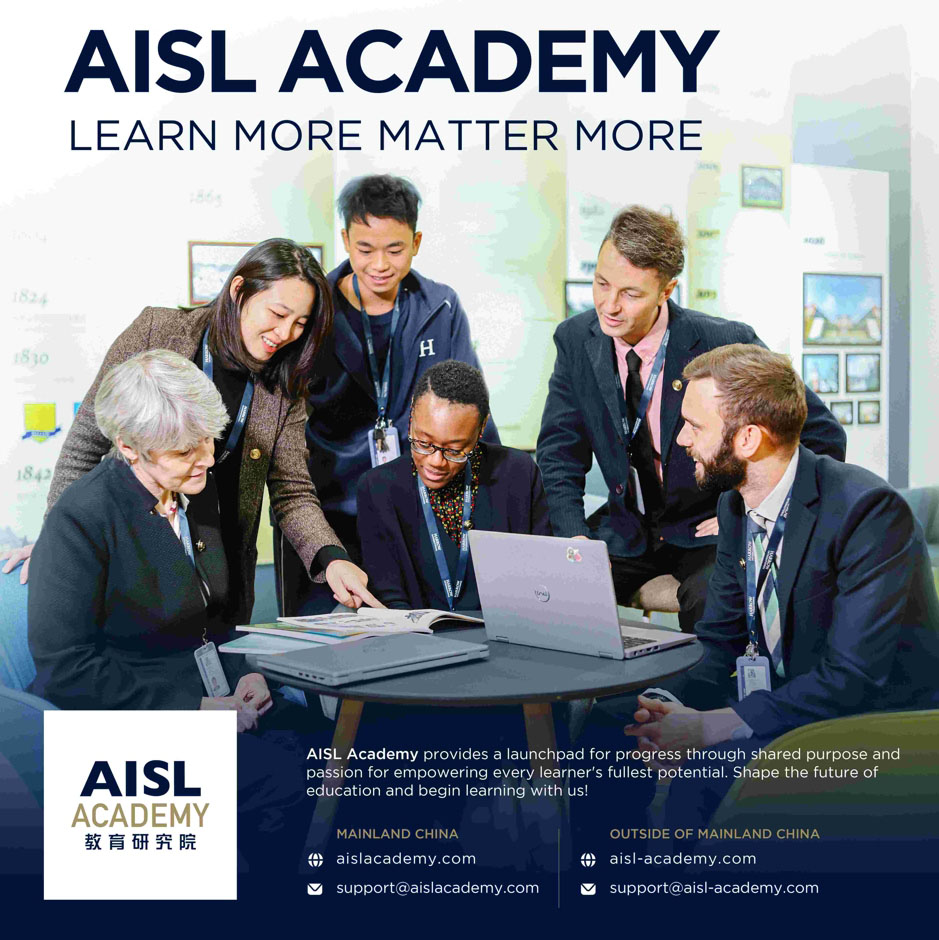When it comes to academic success, the environment in which a student learns plays a significant role — and this extends well beyond the classroom. Whether a child is revising for exams, completing homework, or building independent study habits, the atmosphere at home can shape their motivation, focus, and overall learning experience.
A comprehensive meta-analysis by Nancy E. Hill and Diana F. Tyson of the Department of Psychology and Neuroscience at Duke University, published in Developmental Psychology, a peer-reviewed journal of the American Psychological Association (APA), examined 50 studies on parental involvement during the middle school years. The authors found that academic socialisation (e.g., discussing learning strategies, connecting school to future goals, expressing high expectations) is the most effective form of parental involvement for middle school achievement, however, direct homework help or school-based involvement shows weaker or even negative correlations.
These findings suggest that how parents support learning matters as much as how often. A positive learning environment at home — one that encourages independence, promotes educational values, and supports student agency — can foster not only stronger academic outcomes, but also greater confidence and self-motivation. The following six actionable tips offer guidance to help parents create a home environment where learning feels supported, structured, and sustainable.
1. Co-create Home Learning Agreements
What it is: Work with your child to establish mutual expectations — such as noise levels, break routines, or how to handle mistakes.
Why it is important: Involving children in setting these norms helps them feel respected, invested, and more motivated to stick to the plan.
Example: “Would it work for you if we keep noise low while you’re working and take breaks every 30 minutes?”
2. Resist the ‘Right-Answer’ Trap
What it is: Encourage your child to explore their thinking by asking open-ended questions that promote analysis, reflection, and reasoning, rather than simply providing answers. This approach nurtures critical thinking, problem-solving skills, and confidence.
Why it is important: Open-ended questions stimulate deeper understanding and engagement, moving beyond rote memorisation to foster genuine comprehension and independent thought.
Example:
Instead of directly correcting an answer, you might ask:
- “That’s interesting — how did you figure that out?”
- “Can you tell me what you were thinking when you chose that?”
- “Is there another way you might try it?”
3. Provide Structured Scaffolding
What it is: Offer initial help such as outlines or prompts, then gradually step back as your child becomes more independent.
Why it is important: Guided support builds competence and learner confidence progressively.
Example: Provide a bullet-point outline for an essay, then review each paragraph together before letting your child continue independently.
4. Encourage Peer Collaboration
What it is: Help your child connect with classmates or friends for study sessions, discussions, or group projects — whether virtually or in person.
Why it is important: Learning alongside peers fosters deeper understanding, accountability, and communication skills.
Example: “Would you like me to help arrange a video call with your study group? You can quiz each other or talk through tricky topics together.”
5. Break Learning into Small, Manageable Steps
What it is: Introduce new concepts gradually, reinforcing previous knowledge before building onward.
Why it is important: Small, cumulative steps reduce overwhelm and support mastery.
Example: For language learning, start with key vocabulary, then short sentences, and finally a short paragraph.
6. Build Positive Behaviour Supports at Home (PBIS Model)
What it is: Positive Behavioural Interventions and Supports (PBIS) is a proactive framework that uses clear expectations, consistent routines, positive reinforcement, and natural consequences to encourage desirable behaviours. At home, this means setting clear expectations, recognising positive actions, and providing consistent feedback in a supportive way.
Why it is important: Establishing a predictable, positive environment helps children understand what is expected, reduces behavioural issues, and promotes self-regulation and engagement in learning.
Example:
- Set clear, positively-stated expectations:
Talk with your child about what behaviours help everyone get through study time smoothly. For example: “During your revision, can we agree on keeping voices low and putting phones away? This way, you can focus better.” This invites their input and frames expectations kindly.
- Establish consistent routines:
Create simple daily rhythms like starting homework or revision at a set time, followed by short breaks. For instance: “Let’s start homework at 5 pm, then have a 10-minute break at 5:30. We can stretch or get a snack then.” This predictability supports concentration and reduces frustration.
- Recognise and celebrate positive behaviour:
Notice and praise effort and progress regularly. You might say, “I’m really impressed you finished your maths revision without needing reminders today—well done!” Small acknowledgements build motivation and self-esteem. - Offer gentle guidance when focus wanes:
When your child struggles to concentrate or gets distracted, try saying, “It looks like it’s hard to keep focused right now. How about a quick 5-minute break, then we’ll get back to it together?” This supports self-regulation without harshness.

Every child is unique, with distinct learning styles, personalities, and developmental needs. While these strategies provide a solid foundation for creating a positive learning environment at home, it is important to adapt and personalise them to suit your child’s individual circumstances. Exploring different approaches and observing what resonates most effectively will help you support your child’s academic journey in a way that fosters confidence, motivation, and resilience. Flexibility and patience are key—remember that what works today may evolve as your child grows and their needs change.
For more detailed information on this research, view the full study on the APA website.
Curriculum and Guides that may be of interest:
Get a special discount by quoting code AISLMALL during CHECKOUT.
3Education: StoryTellAR
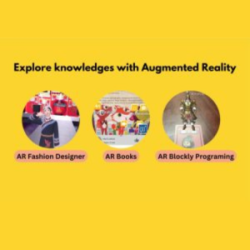
StoryTellAR is an online and remote platform designed specifically to connect offline materials seamlessly with interactive digital content, using Computer Vision (Augmented Reality). With a user-friendly user interface, curators can use their mobile phone to associate audio recordings, videos and other digital interactions such as audio, AR video plane and URL to any artworks. The corresponding digital content customized by their very own creators will pop up, making the book seamless, personalized and effective.
AlGreen: E-book

AlGreen is at the forefront of developing microalgae technology for air purification and carbon capture, driving a sustainable future. AlGreen’s ebook introduces young learners to biology’s wonders and its role in sustainability. Covering cellular and plant biology, climate science, and future biotech like carbon capture and renewable energy, it inspires environmental stewardship and a passion for protecting our planet.
Beijing Mandarin: My Fun Chinese For PreK to Grade 4
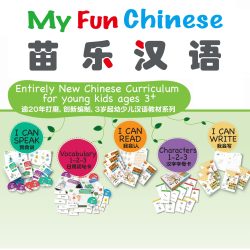
Beijing Mandarin is a well-established Hong Kong-based Chinese language school renowned for its quality instructional publications and dedication to world-class Mandarin education since 1992. My Fun Chinese for PreK to Grade 4 was created to meet the needs of young Chinese language students. We drew on over 30 years of experience teaching the Chinese language to create and publish the My Fun Chinese learning resources.
Chinese 1-2-Tree: Leveled Reading Platform For Pre-k To Grade 8
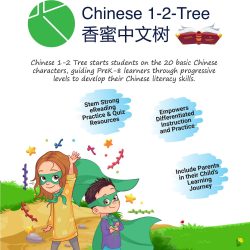
Chinese 1-2-Tree is a unique leveled reading interactive learning platform designed to provide progressive leveled reading starting with 20 basic characters. Chinese 1-2-Tree offers literacy essentials for every PreK-8 Chinese classroom. We offer a complete solution for reading instruction and student practice, perfect for use in class and at home. Rely on our easy-to-use resources to build foundational skills and strengthen reading comprehension.
Codementum: Gamified Coding Training Platform and Coding Curriculum
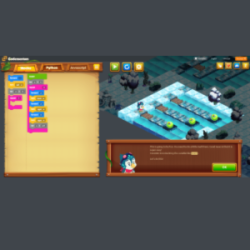
Codementum offers a fun, interactive platform to teach kids coding through block-based and text-based languages like Python and JavaScript. Kids learn to create mobile games, apps, and AI projects at their own pace, with gamified courses, self-guided challenges, and resources for all experience levels.
Joint Publishing (H.K.): Chinese Made Easy & IBMYP/IBDP Chinese
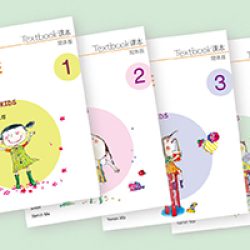
The “Chinese Made Easy” series (3rd Edition) is designed for students preparing for exams like SAT II, IGCSE, IB, and HSK, or beginners learning Chinese independently. It includes 7 books in two stages, covering fundamental language skills. The “Chinese Made Easy for Kids” (2nd Edition) helps primary school children recognize over 500 characters, with activities and audio recordings for gradual language development.
NovaAcademy: Ready-to-Go Curriculum Sets
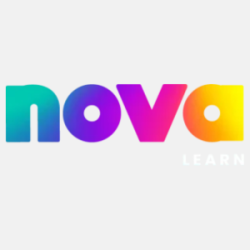
Novalearn Limited is an EdTech company transforming education by seamlessly integrating machine learning, studio-produced edutainment, and quality STEAM education aligned with international K-12 curricula. All the teaching resources you need for fun and enriching classes, created by the NovaLearn team of experienced educators and industry experts. Each curriculum set includes Project lesson plans, Engaging videos, Interactive activity sheets and Skill-building exercises
Oxford University Press Cambridge IGCSE/O Level/AS & A Level Exam Success Revision Guides
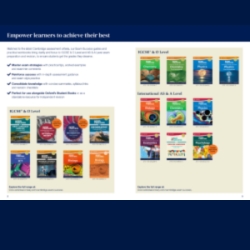
Oxford University Press is a department of the University of Oxford. It furthers the University’s objective of excellence in research, scholarship, and education by publishing worldwide. Cambridge Exam Success Guides from Oxford University Press provide unique exam support and revision guidance for Cambridge IGCSE & O Level and AS & A Level students. Matched to the latest Cambridge assessment criteria. Perfect for use alongside Oxford Resources for Cambridge Student Books or as a standalone resource for independent revision.
Potential City: 4D Human Anatomy Models
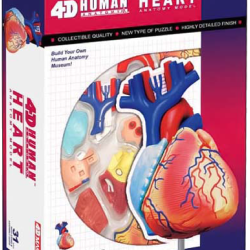
Potential City Company Limited is a wholesaler and retailer of international brand toys. It is the exclusive agent of 4D Master, Amazing Toys and Astronaut Foods in Hong Kong and Macau, with more than 30 sales locations. 4D Human Anatomy Models offer detailed, disassemble representations of the human body, revealing its inner workings. Complete with informative booklets, these models are perfect for schools, universities, and medical practices, helping students effectively learn basic anatomy.
QuiverVision: Quiver Augmented Reality Coloring
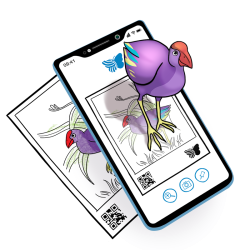
QuiverVision is a one-stop shop for Augmented Reality content and lesson plans for Pre-K to Year 8 and beyond. We develop the software behind the world’s best Augmented Reality Colouring Experiences. Our premier app, “Quiver”, makes learning fun. Enhance learning with Quiver’s AR subscription for 10-500 devices. Students bring educational coloring pages to life via the Quiver app, creating interactive, engaging experiences. Includes school/home access and curriculum-aligned plans, fostering creativity, skills, and knowledge retention.
SAM Labs: STEAM Pathway Schoolwide Annual Subscription
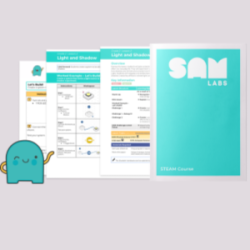
SAM Labs, an award-winning EdTech company, empowers over 9,000 schools in 60+ countries with innovative Coding and STEAM tools. Students create projects like smart city lighting and solar habitats while meeting curriculum standards, inspiring problem-solving and fostering teacher creativity.
